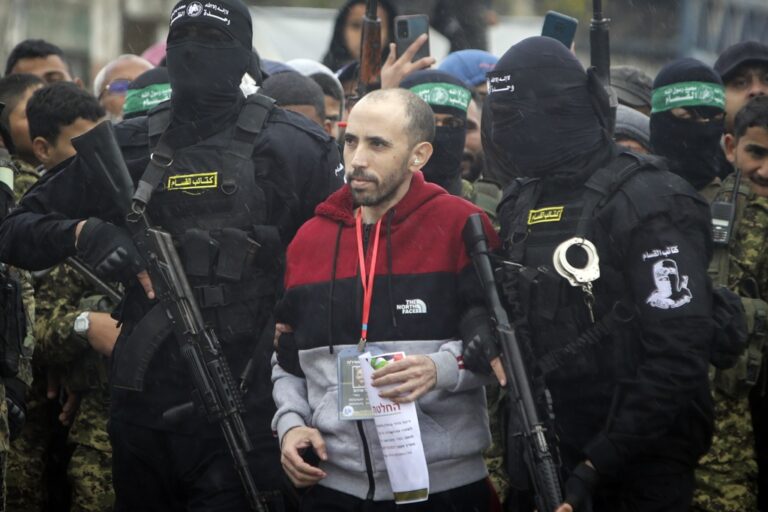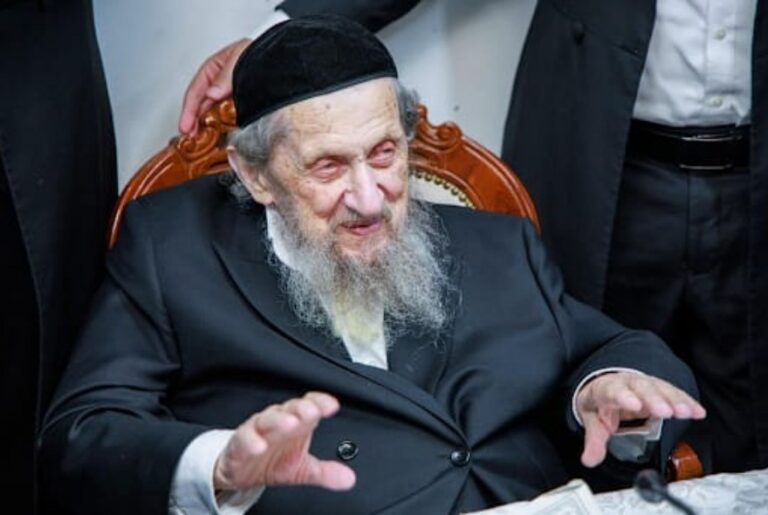 A ferocious storm dumped massive piles of snow on parts of upstate New York, trapping residents in their homes and stranding motorists on roadways, as temperatures in all 50 states fell to freezing or below.
A ferocious storm dumped massive piles of snow on parts of upstate New York, trapping residents in their homes and stranding motorists on roadways, as temperatures in all 50 states fell to freezing or below.
Even hardened Buffalo residents were caught off-guard Tuesday as more than 4 feet fell in parts of the city. Authorities said snow totals by Wednesday afternoon could top 6 feet in the hardest-hit areas south of Buffalo, with another storm expected Thursday.
Cold weather enveloped the entire country Tuesday, leading to record-low temperatures more familiar to January than November. Racing winds and icy roads caused accidents, school closings and delays in municipal operations from the Midwest to the South even where snowfall was low or mercifully absent.
The storm was blamed for at least six deaths in New York, New Hampshire and Michigan.
“We have tried to get out of our house, and we are lucky to be able to shovel so we can open the door,” said Linda Oakley of Buffalo. “We’re just thinking that in case of an emergency we can at least get out the door. We can’t go any further.”
The snowstorm forced motorists in 150 vehicles, including a women’s basketball team, to ride out the onslaught in their vehicles. They waited for hours to be freed, with some waiting more than a day. New York Gov. Andrew Cuomo deployed 150 members of the National Guard to help clear snow-clogged roads and remove abandoned vehicles.
By early Wednesday, a Thruway official said most but not all passenger vehicles had been cleared.
“It seemed like a nightmare. It just didn’t feel like it was going to end,” Bryce Foreback, 23, of Shicora, Pennsylvania, told The Associated Press by cellphone 20 hours into his wait for help. “I haven’t slept in like 30 hours and I’m just waiting to get out of here.”
Foreback had become stuck in a long line of cars near the Lackawanna toll booths just south of Buffalo about 10:30 Monday night.
Members of the Niagara University women’s basketball team were napping on and off 17 hours into their wait on Tuesday night. Some got so thirsty they drank melted snow, said Coach Kendra Faustin, who was traveling with her 1-year-old.
The lake-effect snow created a stark divide: In downtown Buffalo and north of the city, there was a mere dusting of precipitation, while in the south parts, snow was everywhere. The snow band that brought the snow was very much evident throughout the day as gray clouds persistently hovered over the southern part of the city. The band was so apparent, that the wall of snow could be seen from a mile away.
In a region accustomed to highway-choking snowstorms, this one is being called one of the worst in memory. Snow blown by strong winds forced the closing of a 132-mile stretch of the Thruway, the main highway across New York state.
In New Hampshire and elsewhere, icy roads led to accidents. Lake-effect storms in Michigan produced gale-force winds and as much as 18 inches of snow, and canceled several flights at the Grand Rapids airport.
Schools closed in the North Carolina mountains amid blustery winds and ice-coated roads. In Indiana, three firefighters were hurt when a semitrailer hit a fire truck on a snowy highway.
In Atlanta, tourists Morten and Annette Larsen from Copenhagen were caught off-guard by the 30-degree weather as they took photos of a monument to the 1996 summer Olympics at Centennial Olympic Park.
“It’s as cold here as it is in Denmark right now. We didn’t expect that,” Larsen said, waving a hand over his denim jacket, buttoned tightly over a hooded sweatshirt.
(AP)










